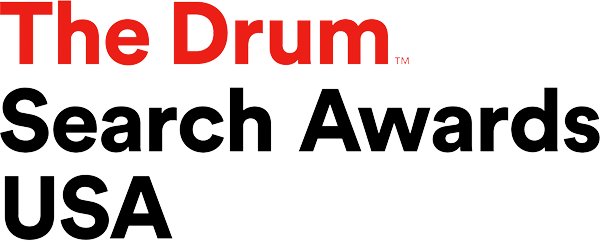Don’t Just Play.
Own the Game.

























Three Main Challenges Brands Face Today
Channel Overload
Managing multiple channels and ad platforms has become increasingly complex.
Microsoft
Meta
TIKTOK
Snap
Brand vs. Performance
Brands must master both the data and emotional psychology of their audience as performance marketing merges with brand marketing.
Brand Recognition
Sales Growth
Full-Funnel
Measuring what matters
Effective ad spend requires expertise in measurement— ensuring every dollar drives the right results.
Return on Ad Spend
Customer Lifetime Value
Profitability
Performance Marketers that Elevate your Brand
Your P&L matters, but so does your brand. We’re committed to delivering hard results without compromising your brand’s vision or values.
Partner on Strategy & Planning
Our approach includes conducting detailed marketing audits to uncover opportunities:
Analyzing the long-term impact of campaigns through Customer Lifetime Value (CLV) metrics
Optimizing ad spend to cut unnecessary costs
Providing support for annual budgeting
Ensuring data quality is robust, enabling better decision-making and sustainable growth
Dominate the Channels That Matter
We continuously test, learn, and optimize your media mix to maximize efficiency and performance - no set-it-and-forget-it approach.
We leverage proprietary technology and real-time insights to refine targeting, messaging, and media placement for peak performance.
From upper-funnel brand awareness to lower-funnel conversions, we align media investments with your business goals for measurable growth.
Creative, Brand and Performance Under the Same Roof
Working with Crealytics means your creative, brand and performance teams will all be in the loop, so they can:
Develop assets for each channel
Help test and learn what’s resonating
Apply learnings to future creative development
Future-proof Measurement & Analytics
Understand how many conversions are incremental, meaning how many sales are happening because of an ad
Understand how privacy restrictions and consent regulations affect your marketing performance
Reconnecting the dots between your marketing efforts and Centralize complex data sets into a custom PowerBI dashboard.
Start Working With Us in 3 Steps
Get in touch
Reach out to us to schedule an initial introductory call.
Acount Audit
Once we understand what you're looking for, our team will audit your digital marketing accounts.
Proposal
We will present our findings from the account audit, present our proposed strategy and pricing.
WHY CREALYTICS?
Delivering Profitable Growth since 2008
IN EXTRA PROFIT
We have helped leading B2C & B2B businesses generate $500M+ in extra profit by leveraging advanced marketing techniques.
Discover our Services
Awards




















Pioneering New Formats Across High Growth Channels
First ever Netflix CTV campaign on Microsoft in the UK
2023

Launched First Ever in UK TikTok Search campaign
2024


One of three Agencies Worldwide to Alpha-Test Bing Ads Copilot
2025


With better data activation, we have steered the bidding algorithm to closely align with our business goals.
“Optimising towards CLV has been a monumental change for New Look.”

Paid Search Manager, New Look

We boosted the Direct-to-Consumer business by increasing profit margins and growing the customer base.
We optimized performance campaigns for Customer Lifetime Value in addition to revenue and ROAS.
As a result of our digital marketing activity, the conversion value from new customers grew by 16% YoY.
Get Inspired by Real-Life Results
EXPERT INSIGHTS




%201.png)





.png)


